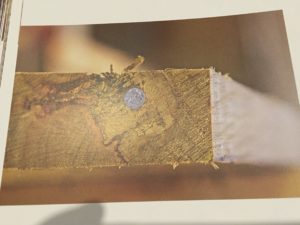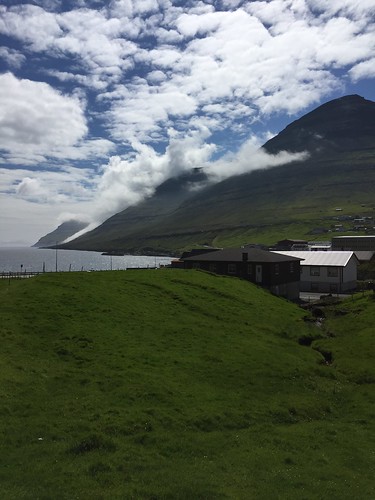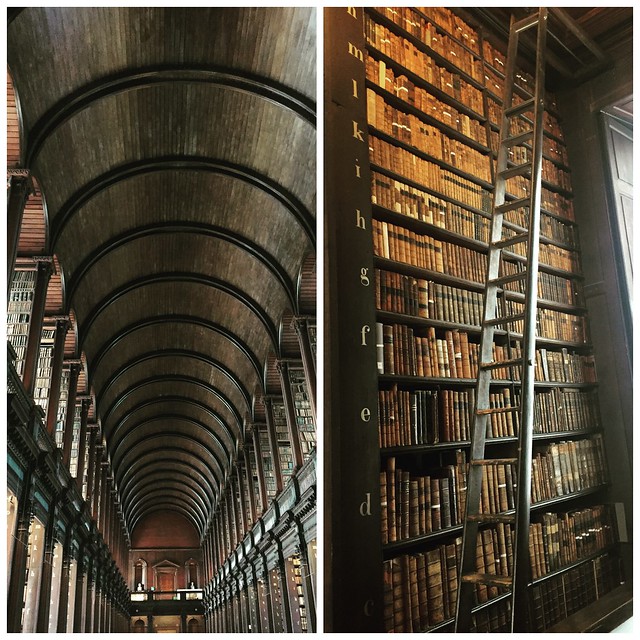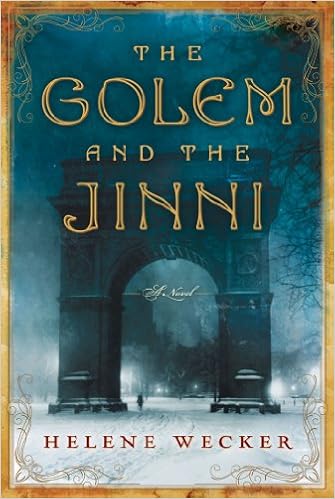 When I was in my 20s, I read extensively about Germany in WWII. I was seriously dating a Jewish man, and seriously considering converting to Judaism. At the same time, I was reckoning with my vaguely Germanic family background. My obsessions (now bearing fruit as a trilogy of long novels) are in Germanic history and myth, the same myth twisted by the Nazi party for its own imagery.
When I was in my 20s, I read extensively about Germany in WWII. I was seriously dating a Jewish man, and seriously considering converting to Judaism. At the same time, I was reckoning with my vaguely Germanic family background. My obsessions (now bearing fruit as a trilogy of long novels) are in Germanic history and myth, the same myth twisted by the Nazi party for its own imagery.
The question, the obsession, the object of my search, was how could they do it? Would I, asked to do what German soldiers, SS officers, ordinary people, or highly placed officials, do what they had done, or would I resist? I didn’t know. It’s easy to tell yourself you would, but you don’t know until you’re in the situation. So I read widely, vast numbers of books about genocide and its perpetrators. About Nazi doctors, and SS officers, about ordinary Germans, and resistance fighters. I learned that after the war, many said that they had feared being killed if they resisted, but I also learned about many who refused orders, and were only transferred to a different unit. Resisting did not carry the penalty that many feared it did. Denmark, conquered, discovered this, and saved their Jews, going almost unpunished as they did so.
Masha Gessen, a reporter in Putin’s Russia for many years, made a list of how to deal with encroaching fascism, authoritarianism, whatever you want to call it, and one of the items on the list is, “Don’t obey in advance.” Require them to make their threats, loudly, where everyone can hear.
I hope that all of us who fear that the election of Trump is the beginning of the end of the American experiment, and the rise of an authoritarian superpower are overreacting. I hope that people can laugh at us in four, eight, twenty years. I want to be wrong with all my heart.
But I don’t want that hope to blind me to what is really happening. To mistake the desire for things to be okay with them actually being okay.
When Trump was elected, I was despondent, for reasons both selfish and, hopefully, not. I’ve never wanted to find out what I would do in extreme circumstances, if I had to choose between my life and what I believe is right. Or even between my comfort and my beliefs. I wanted to be an author, and maybe teach creative writing. Or go back to working at a tech company if I couldn’t sustain myself with writing–but no matter what, to enjoy the fruits of privilege, to vote and give to charity sometimes, to sign petitions against injustice, and maybe sometimes go to protests. To read political news and get angry, but rarely do more than that.
When Trump was elected, I realized that not only could I not do that in the future, but that I shouldn’t have been doing that in the past. That I am incredibly lucky to be able to ignore the problems that grind other people down, take their lives, their livelihoods, see them facing horrific injustices, and only engage on my own schedule.
I didn’t want to think about putting my body between police and Muslims. Or being put on a list of dissidents. Or having to flee, or help others flee. I still don’t. I want to prevent us from getting there.
In researching my novels, I learned that vikings believed that the day of a person’s death was ordained, but between birth and death, they had a good deal of free will. But if you’re going into battle, you may as well fight bravely. If it is your day to die, then you will die bravely. If it is not your day to die, then you will gain honor and glory for fighting bravely. Easy to say, hard to do.
Every culture tries to grapple with death in its own way. In the affluent west, for us lucky, privileged few, we don’t have to think about it very often. Trump’s election has given me, and many others, a glimpse of a chaotic future, a preview of life asking us questions we don’t want to have to answer, and fear that we may not answer bravely.
Masha Gessen also says that one of the advantages we have over the Jews in the ghettos, who did not know if it was better to collaborate somewhat with their Nazi captors, to provide lists that today determine who will be fed, and tomorrow determine who will be killed, or to resist, is that we have history to draw from. We know what has been tried and what has worked or failed to work. If we look, we can see the signs, the patterns of history being written again in our present times, and we can choose a different path. Authoritarianism thrives on making accomplices, and whithers without them.
In the coming years, I will be reading books of the resistance, books of history and philosophy that teach us how to resist, how to hope, how to have moral courage, books that tell us what has worked and what has failed. This is in addition to doing daily, weekly, and monthly actions, because my antidote to despair is doing–not just reading and writing, but turning that reading and writing into action.
My first book, which I just finished reading, is Hope In the Dark by Rebecca Solnit, and it has indeed given me hope, which I hope to pass onto you in my next post.







 When I applied to MFA programs, I used the first few chapters of The Half-Drowned King as my portfolio material, which usually counts for 80-90% of the admissions decision. I wanted MFA faculty to know that I was a writer of historical fiction, with swords and kings, and prophetic dream right in chapter one. I was worried that MFA programs would be full of literary snobs, and I wanted the program that chose me to know what they were getting.
When I applied to MFA programs, I used the first few chapters of The Half-Drowned King as my portfolio material, which usually counts for 80-90% of the admissions decision. I wanted MFA faculty to know that I was a writer of historical fiction, with swords and kings, and prophetic dream right in chapter one. I was worried that MFA programs would be full of literary snobs, and I wanted the program that chose me to know what they were getting.



 Mike Carey’s
Mike Carey’s 

 I read
I read